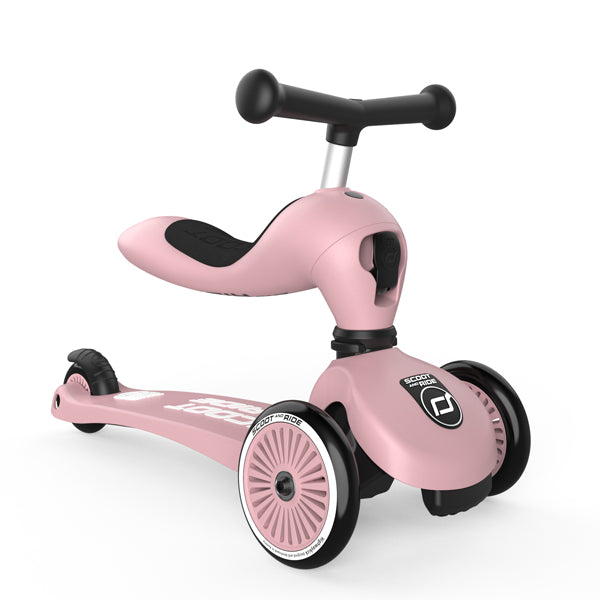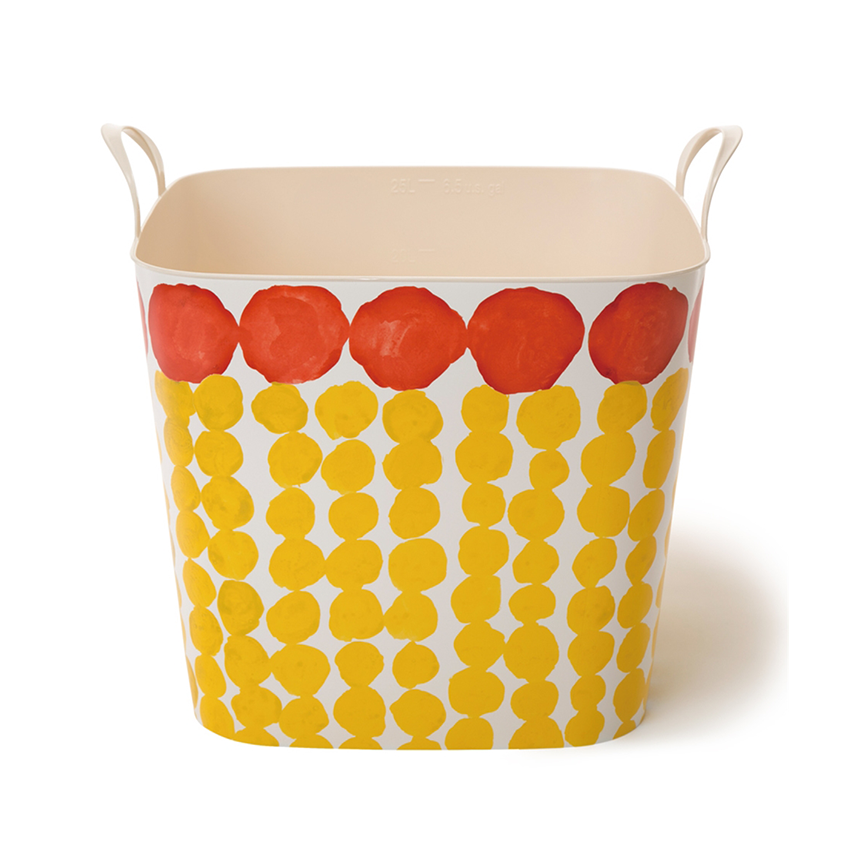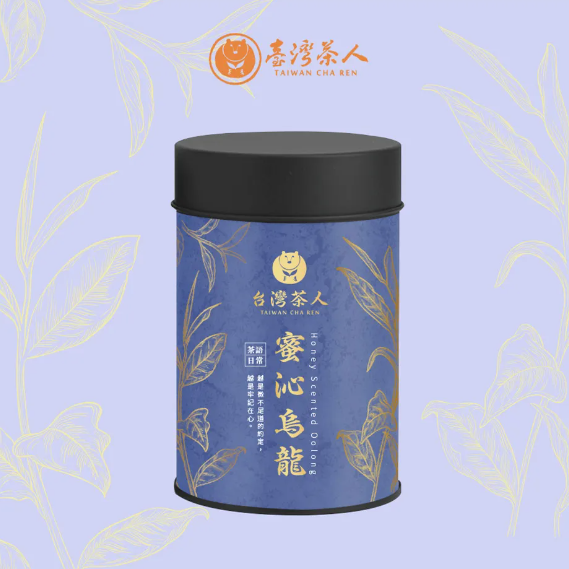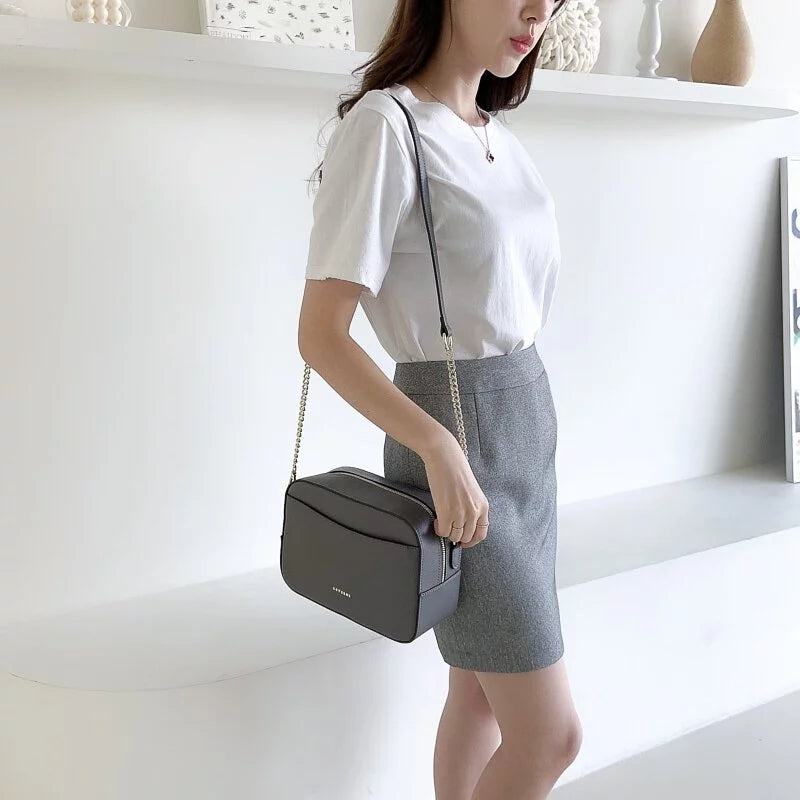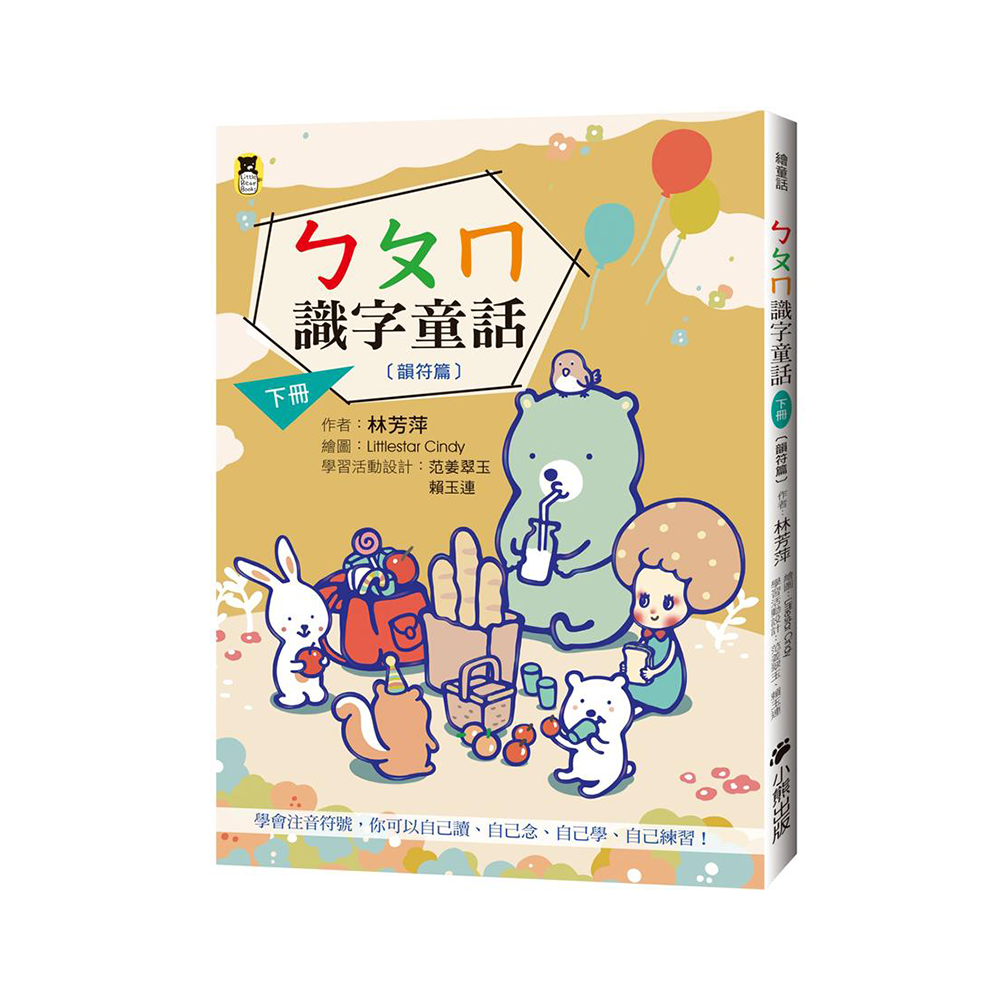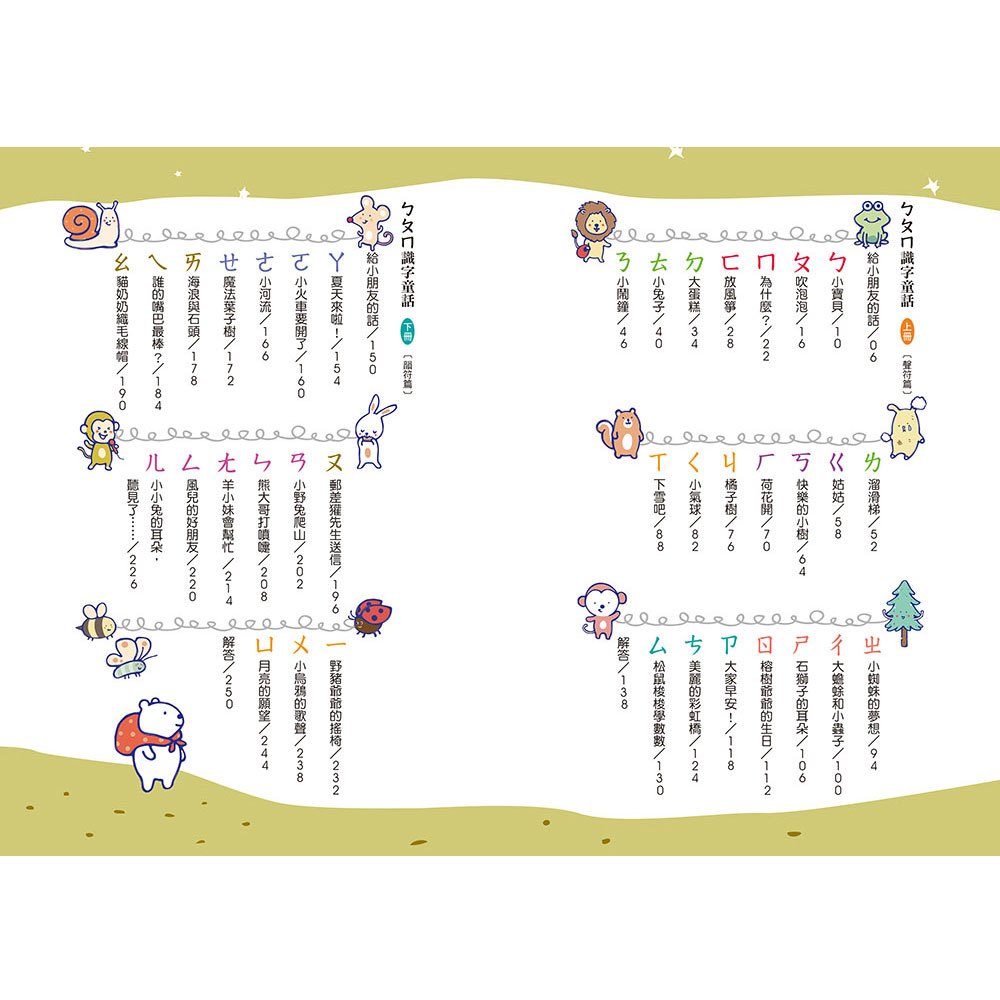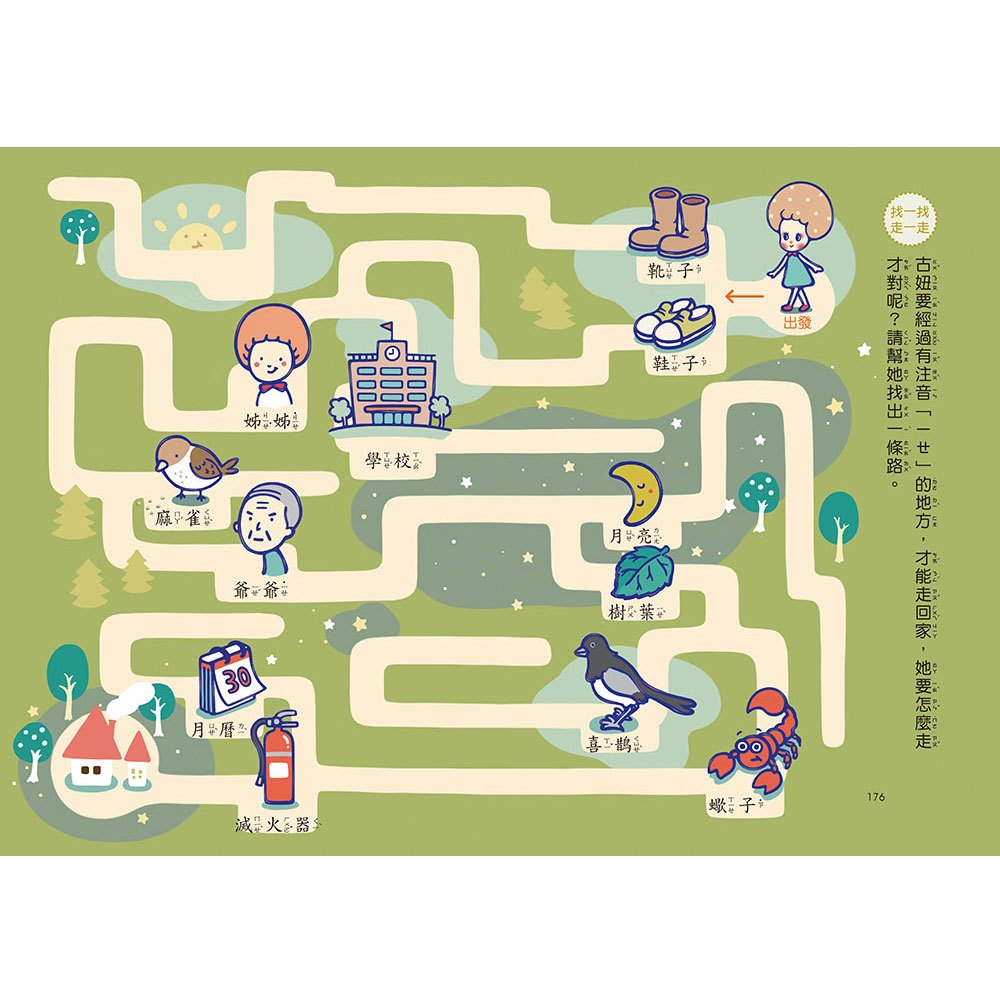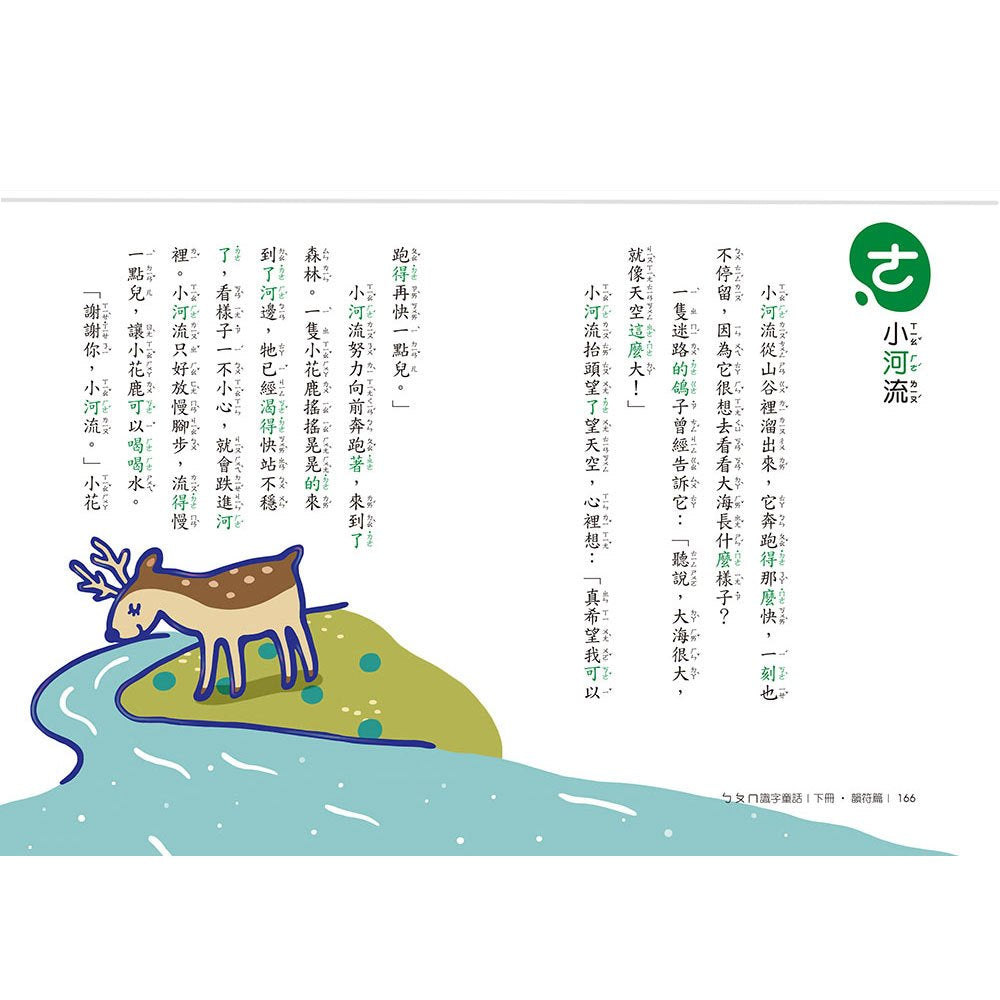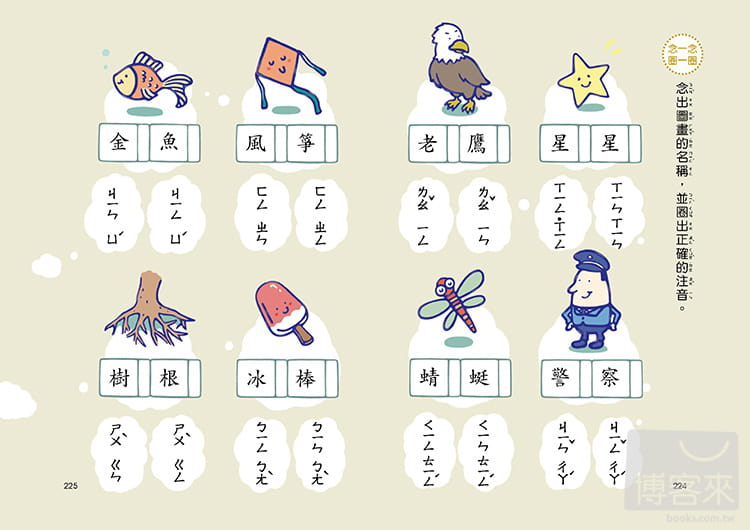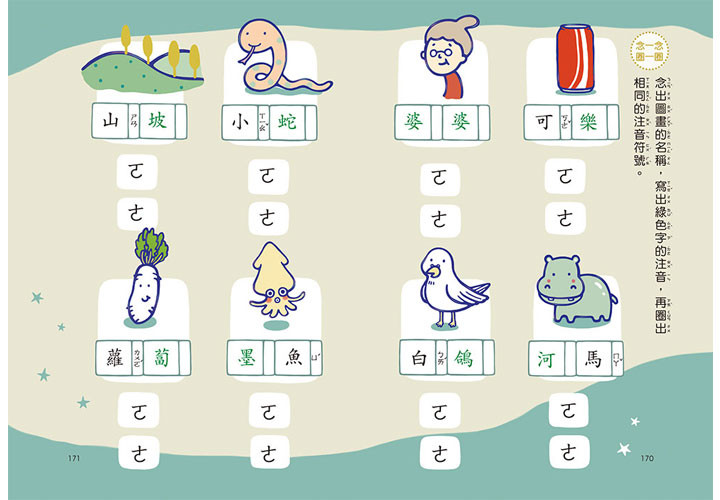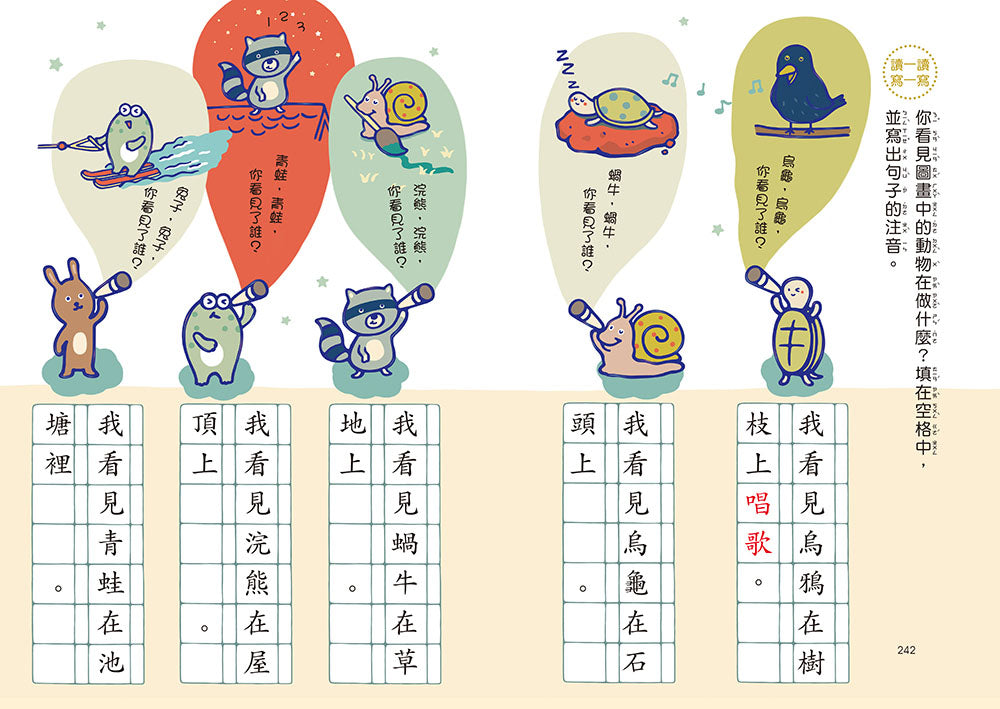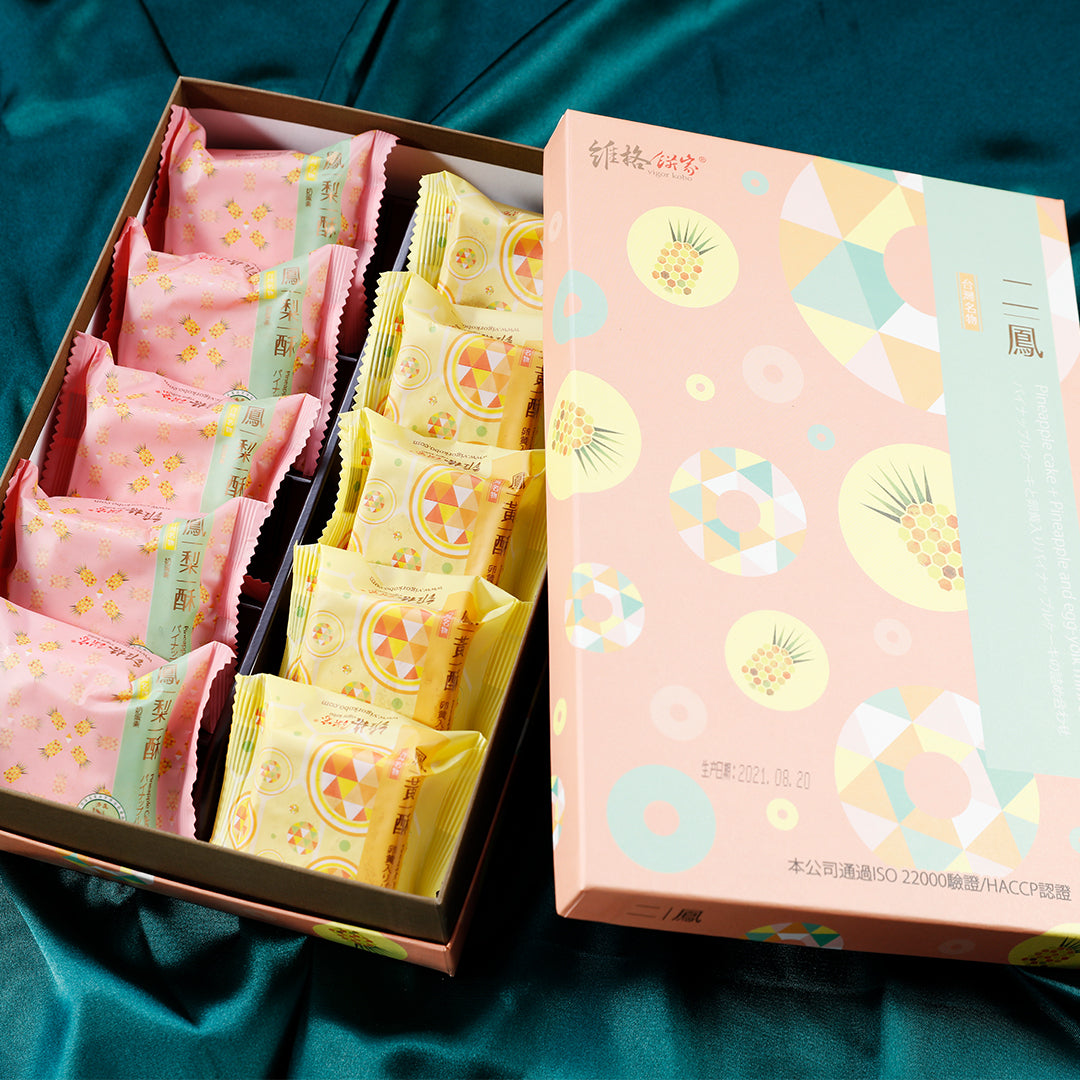Learn Zhuyin with Children's Stories Vol. 2: Vowel Symbols ㄅㄆㄇ識字童話
Couldn't load pickup availability
Children's Literature Writer / Lin Fangping
Primary School Chinese Teacher / Fan Jiang Cuiyu
Secretary General of Primary Language Education Society / Lai Yulian
Join forces to create children's first literacy fairy tale
The learning of phonetic symbols is the key to children's literacy!
Among the 37 phonetic symbols, the 16 rhyme symbols from ㄚ to ㄩ, how many do you know?
In this book, each story has a "protagonist" in rhyme, and it is marked with different colors, so that you can easily find it, read it aloud, and strengthen the impression!
After reading the story, there is also a fun game for you to practice and learn faster!
The four-in-one super functions of memorizing phonetics, learning to read, practicing reading aloud, and playing games make learning phonetics and literacy easy and fun!
Don't forget "ㄅㄆㄇ Literacy Fairy Tale. Volume 1 (Voice Notes)", be good friends with 21 voice notes!
Features of this book
*Learn to read: Divide the 37 phonetic symbols and rhyme symbols into upper and lower volumes, and then write meaningful and interesting life stories in the order of the symbols to arouse children's interest in reading.
*Learning phonetics: Each story is a unit of phonetic notation. In the stories, the words or words that are related to phonetics are marked with colored words. The direct spelling practice is adopted, so that children can read the phonetic sounds directly after seeing the phonetics.
*Playing games: After each story, there are learning games such as mazes, matching, coloring, filling in words, making sentences, etc., so that children can use old learning to learn new learning, and repeatedly practice until they become proficient.
Editor's Note:
When should toddlers start learning phonetics?
Phonetic notation is an important tool for learning Chinese. A good phonetic notation can build up children's self-confidence in literacy learning, and at the same time encourage children to develop their interest in reading. Although the plan adopted by the education authorities is that a formal course of phonetic notation will be conducted in the first ten weeks of the first grade of primary school, kindergartens cannot teach phonetic reading, writing and reading by subject or for the purpose of proficiency. However, there are still many parents who are worried about their children's phonetic ability and expect their children to become proficient in phonetic symbols as soon as possible.
In fact, each child's learning ability is different. No matter whether it is early to learn phonetic symbols, or to learn in primary one, the most important thing is to make children feel that learning is fun, so as to stimulate children's active learning motivation and achieve A multiplier result.
There are currently 37 phonetic symbols in use, or 21 symbols: ㄅ, ㄆ, ㄇ, ㄈ, ㄉ, ㄊ, ㄋ, ㄌ, ㄍ, ㄎ, ㄏ, ㄐ, ㄑ, ㄒ, ㄓ, ㄔ, ㄕ, ㄖ, ㄗ, ㄘ, ㄙ, and 16 rhyme characters: ㄚ, ㄛ, ㄜ, ㄝ, ㄞ, ㄟ, ㄠ, ㄡ, ㄢ, ㄣ, ㄤ, ㄥ, ㄦ, ㄧ, ㄨ, ㄩ.
This book divides phonetic symbols and rhyme symbols into upper and lower volumes. No matter whether children learn rhyme symbols or phonetic symbols first, children can learn meaningful and complete sentences through interesting life stories; Then, we can recognize words from sentences, recognize words from words, recognize and read phonetic symbols from single characters, and then practice pinyin and spelling after recognizing and reading phonetic symbols. In this way, the use of story reading arouses children's interest in learning phonetic symbols, and through repeated pinyin and spelling exercises in each unit of games, children can learn how to use old learning to learn new learning, and easily learn phonetic and reading skills.
"ㄅㄆㄇ Literacy Fairy Tale" combines interesting reading and game-based exercises, including: maze, matching, coloring, word-filling, sentence-making, etc. games, grasping the principles of more reading, more writing, and more practice, can be a teacher in phonetic teaching. It is also a good helper for parents to accompany their children to learn on their own.

